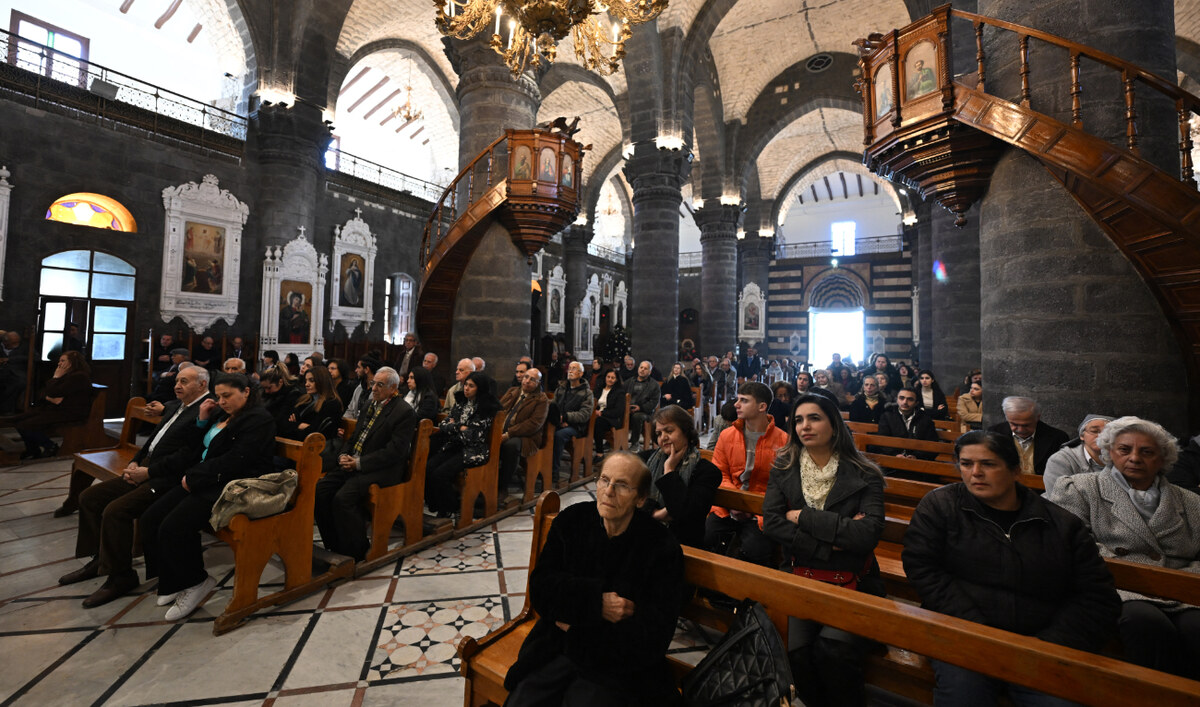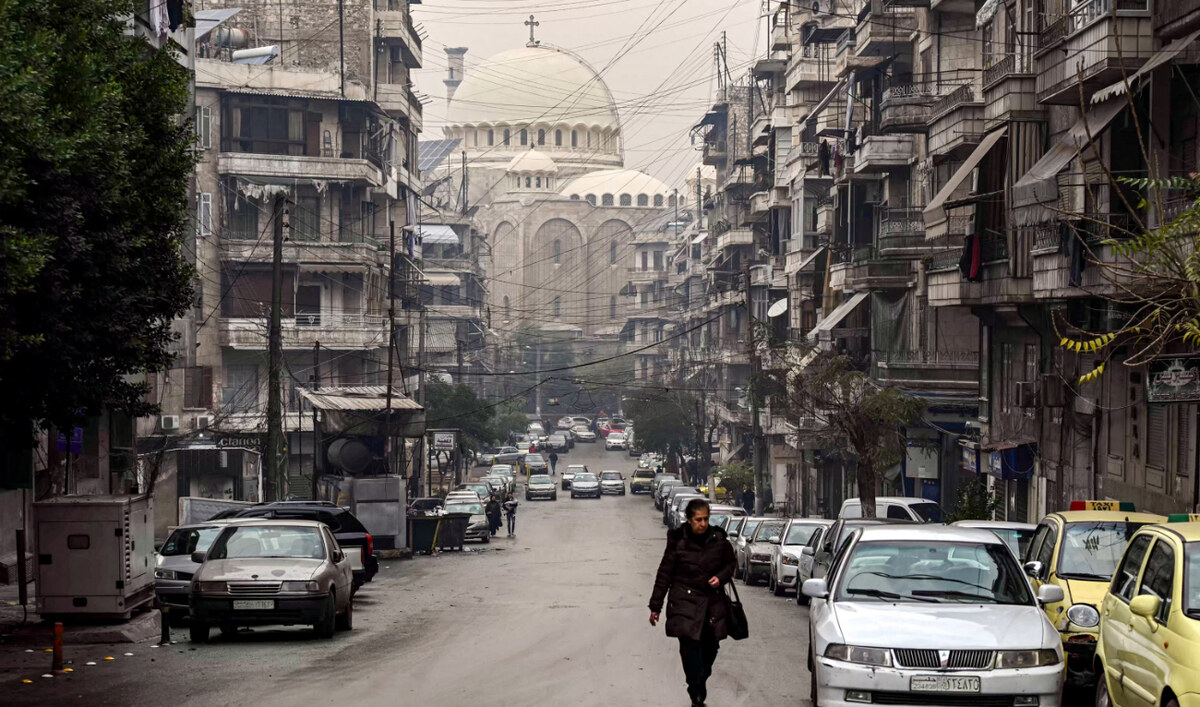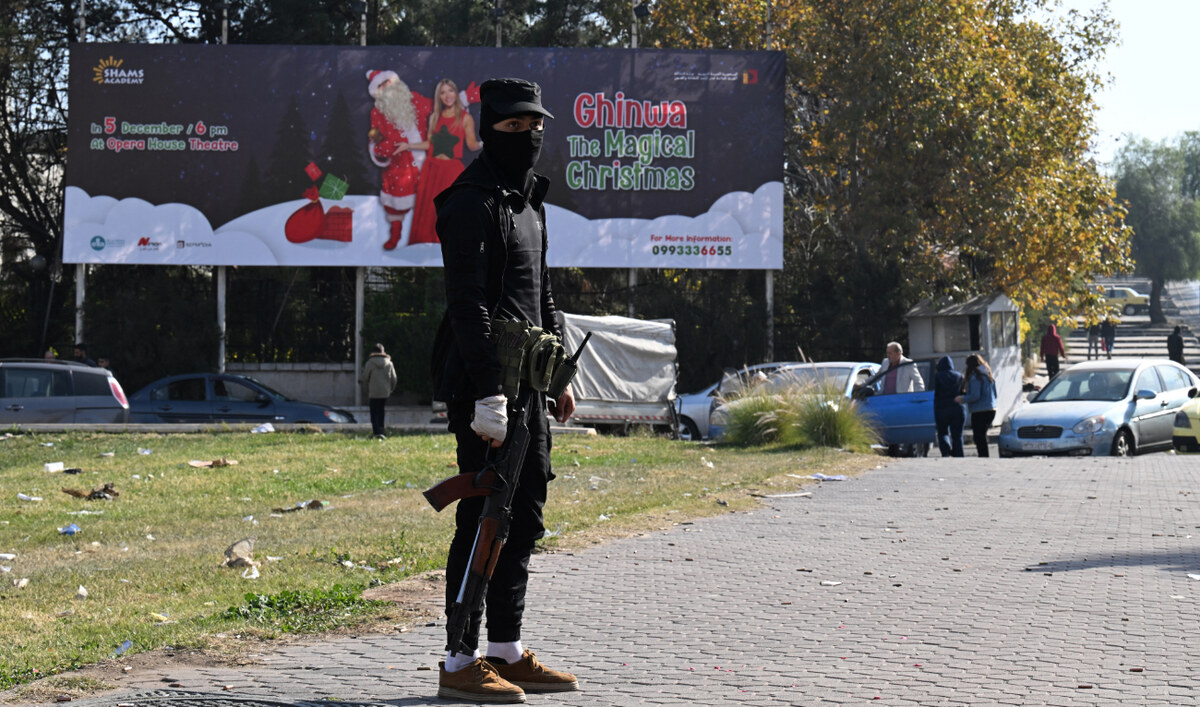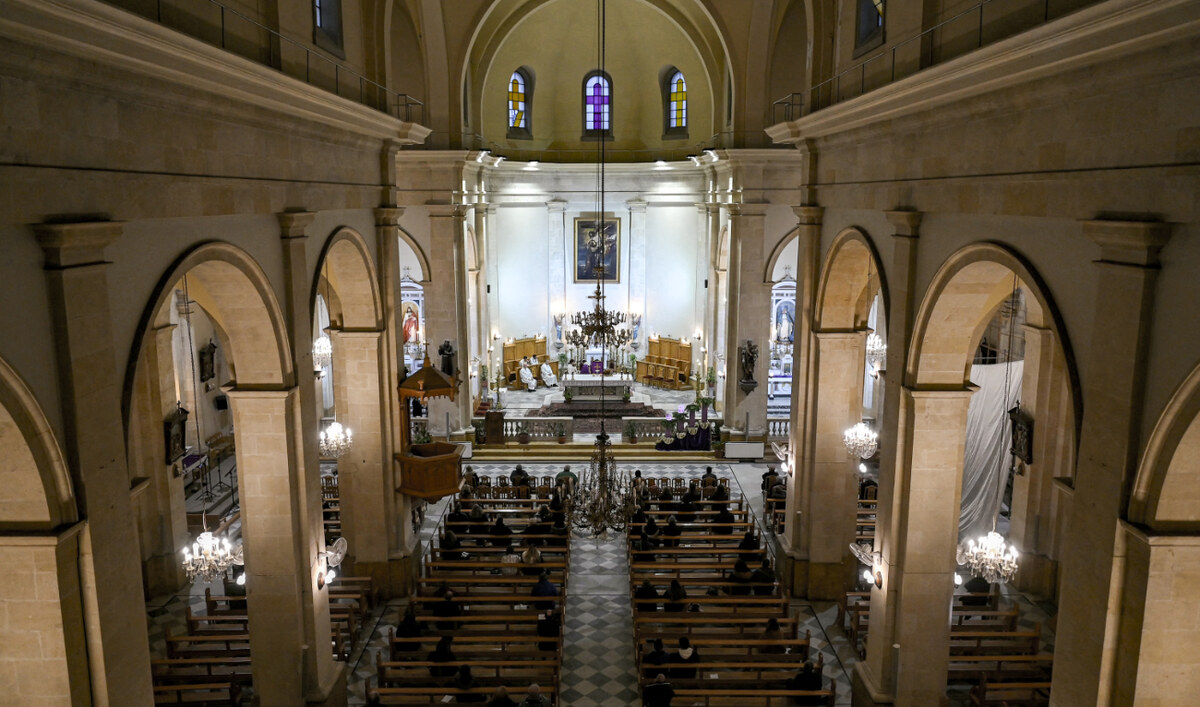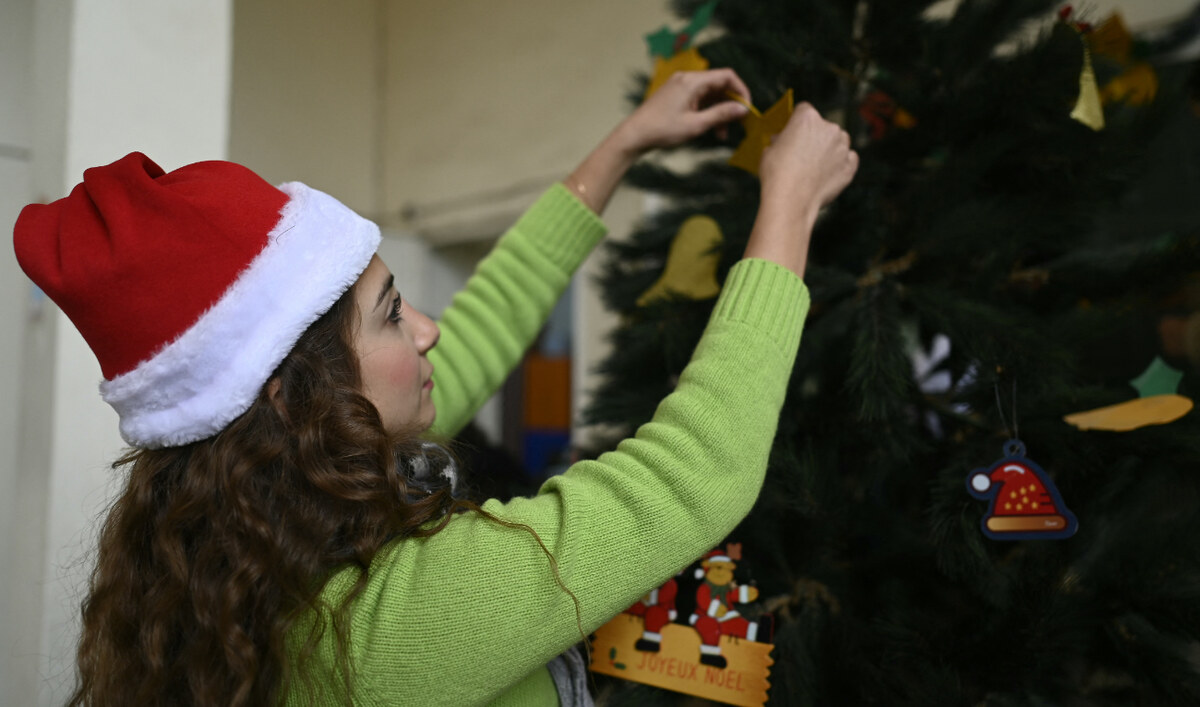KHAN YUNIS: Palestinians fled southern Gaza’s main city on Sunday as Israel warned of a new military operation, a day after one of the deadliest reported strikes in more than 10 months of war.
The fighting in the besieged Gaza Strip between Israeli forces and Palestinian militants since Hamas’s Oct. 7 attack has sent tensions soaring across the region, including in the occupied West Bank where medics said an Israeli man was killed Sunday in a shooting.
Intense diplomacy in recent days sought to avert a wider war in the Middle East following the killings of Iran-aligned militant leaders, while international mediators invited Israel and Hamas to resume stalled talks toward a long-sought Gaza truce and hostage-release deal.
AFP journalists said hundreds of Palestinians fled northern neighborhoods of Khan Yunis, southern Gaza’s main city already ravaged by months of bombardment and battles, after Israel issued fresh evacuation orders in the early morning.
The military dropped leaflets and sent mobile phone messages warning of “dangerous combat” in Al-Jalaa district and telling Palestinian residents to leave the area, which until Sunday was designated a humanitarian safe zone.
Similar evacuation orders have preceded major military incursions, often forcing Palestinians displaced numerous times by the war to pack up and leave for safety.
The UN agency for Palestinian refugees, UNRWA, said that “just in the past few days, more than 75,000 people have been displaced in southwest Gaza.” The entire territory has a population of about 2.4 million people.
The military said in a statement its forces were “about to operate against the terrorist organizations in the area,” calling on “the remaining population left in the Al-Jalaa neighborhood to temporarily evacuate.”
Families gathered their meagre belongings as crowds of people left Al-Jalaa, some loading mattresses, clothing and cooking utensils into pick-up trucks. Others took to the road on foot.
Umm Sami Shahada, a 55-year-old displaced Palestinian, said she had “fled Gaza City at the start of the war for Khan Yunis,” hoping to find shelter.
“My daughter was killed in bombardment, so we went to Rafah, then we came back here, and now with this new evacuation order we don’t know where to go,” she said.
In northern Gaza, an Israeli air strike on Friday killed at least 93 people at a religious school housing displaced Palestinians, according to civil defense rescuers, sparking international condemnation.
Israel said it targeted militants operating out of Gaza City’s Al-Tabieen school and mosque with “precise munitions,” declaring that “at least 19 Hamas and Islamic Jihad terrorists were eliminated.”
The death toll, which AFP could not independently verify, would be one of the largest from a single strike since the war began.
Mahmud Bassal, spokesman for the civil defense agency in Hamas-run Gaza, said on Sunday that identifying the victims could take at least two days as “we have many bodies torn into pieces” and “shredded or burnt by the bombs.”
Hamas in a statement called Arab and Muslim nations to “take effective decisions” to stop the war and demanded an urgent UN Security Council meeting to force Israel “to stop the aggression and genocide.”
The Palestinian group, which has named its Gaza chief Yahya Sinwar to succeed slain political leader Ismail Haniyeh, has yet to respond to an invitation from US, Qatari and Egyptian mediators for truce negotiations on August 15. Israel has accepted.
Haniyeh was killed during a visit to Tehran on July 31, an attack blamed on Israel which has not claimed responsibility. But hours earlier it the military chief of Lebanese Hamas ally Hezbollah in a strike on Beirut.
Iran, Hamas, Hezbollah and other regional allies have vowed retaliation, spurring fears of a wider conflagration.
US President Joe Biden, asked what his message was to Iran, responded: “Don’t.”
The Gaza war began with Hamas’s October 7 attack on southern Israel which resulted in the deaths of 1,198 people, mostly civilians, according to an AFP tally based on official Israeli figures.
Militants also seized 251 people, 111 of whom are still held captive in Gaza, including 39 the military says are dead.
Israel’s retaliatory military offensive in Gaza has killed at least 39,790 people, according to the territory’s health ministry, which does not provide details on civilian and militant deaths.
German Chancellor Olaf Scholz told Israeli Prime Minister Benjamin Netanyahu in a phone call on Sunday that “an end to the war in Gaza would be a decisive step toward a regional de-escalation.”
Hamas officials, some analysts and critics in Israel have said Netanyahu has sought to prolong the fighting for political gain.
Witnesses told AFP that Israel carried out a strike on Khan Yunis, wounding several people.
“Civilians... were shopping in the market when a missile hit,” said resident Awad Barbakh.
The military said its air forces hit militants in Rafah, further south, and “struck approximately 30 Hamas terror targets” across Gaza over the past day.
In the northern West Bank, emergency services said an Israeli man was shot dead and another wounded in what the military described as a “terrorist” attack.
Israel has occupied the West Bank since 1967 when it also seized the Gaza Strip, from which it withdrew in 2005, but later imposed a crippling blockade followed by a siege shortly after October 7.
Palestinian Authority leader Mahmud Abbas is due to visit Moscow next week to discuss the Gaza war with Russian President Vladimir Putin, official Russian media said citing the Palestinian ambassador.
Gazans flee as Israel broadens evacuation order, pushes into Khan Yunis
https://arab.news/v3uv7
Gazans flee as Israel broadens evacuation order, pushes into Khan Yunis

- Military dropped leaflets and sent mobile phone messages warning of “dangerous combat”
- Intense diplomacy in recent days sought to avert wider war in Middle East







